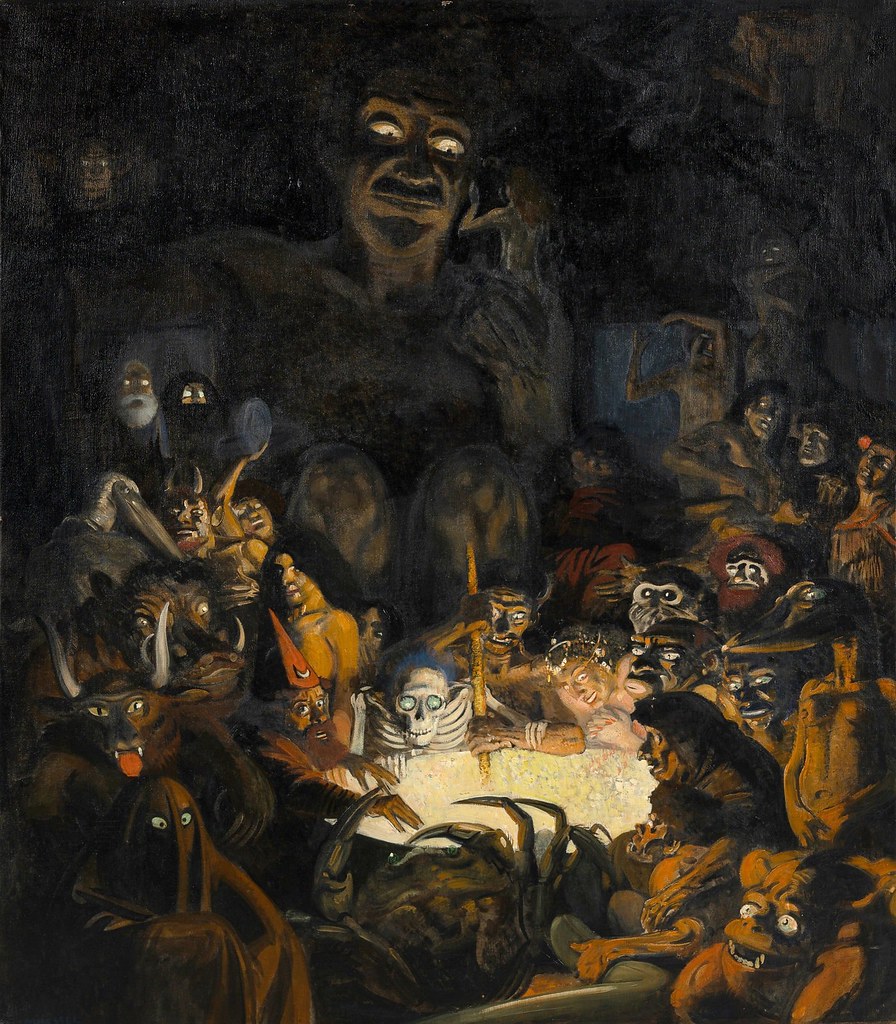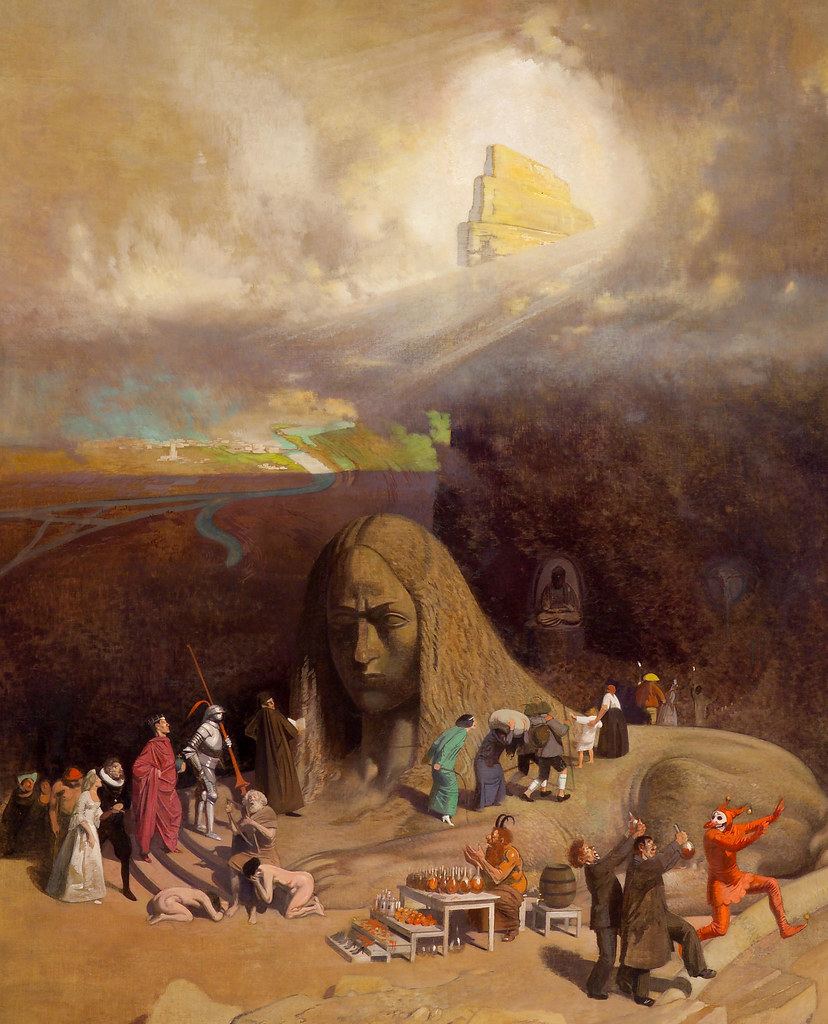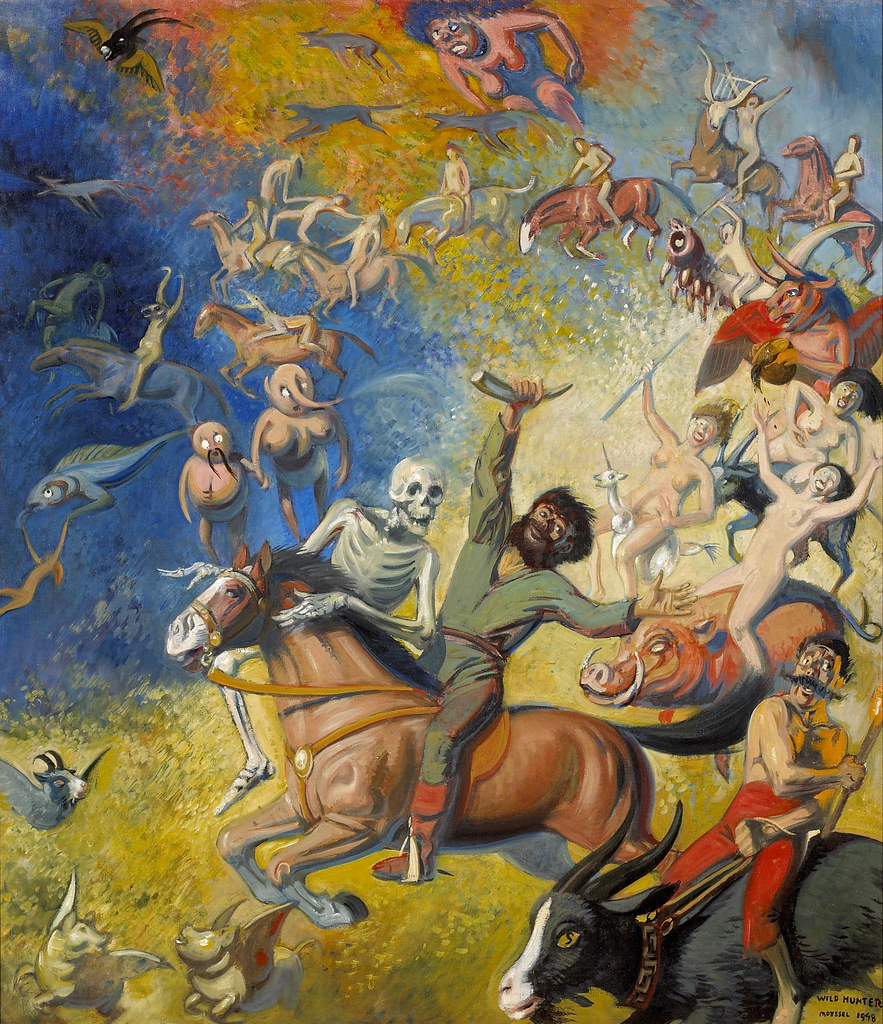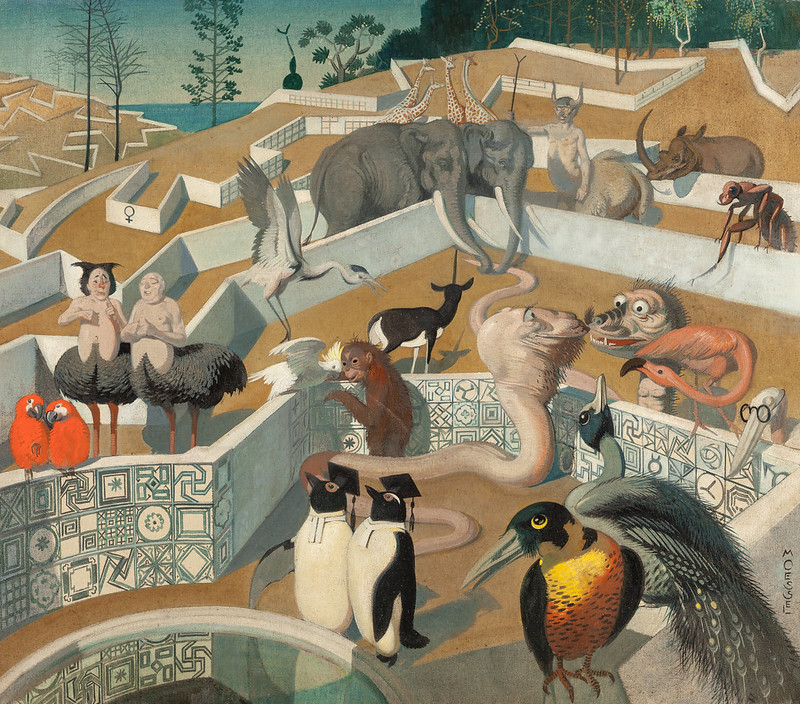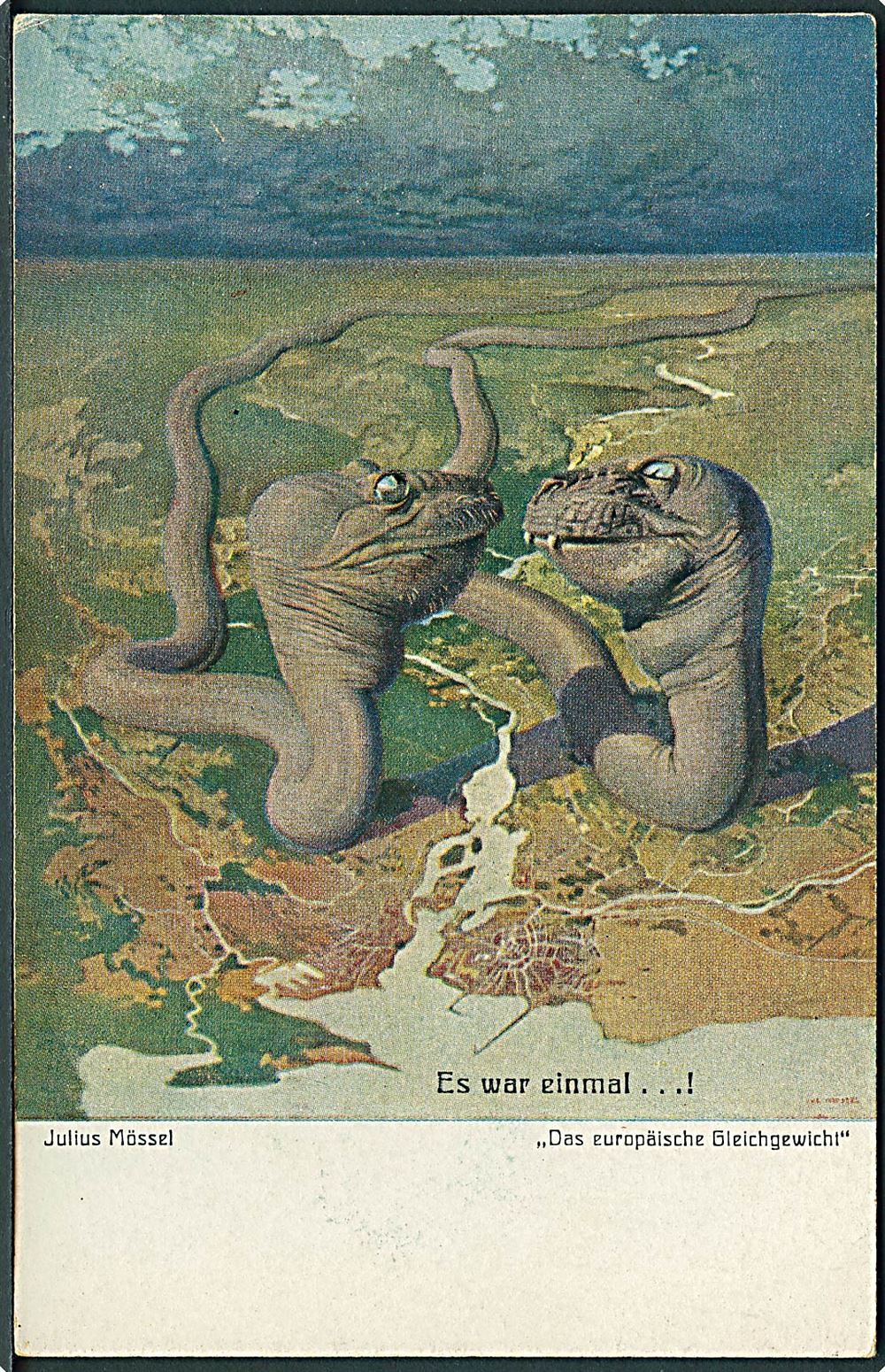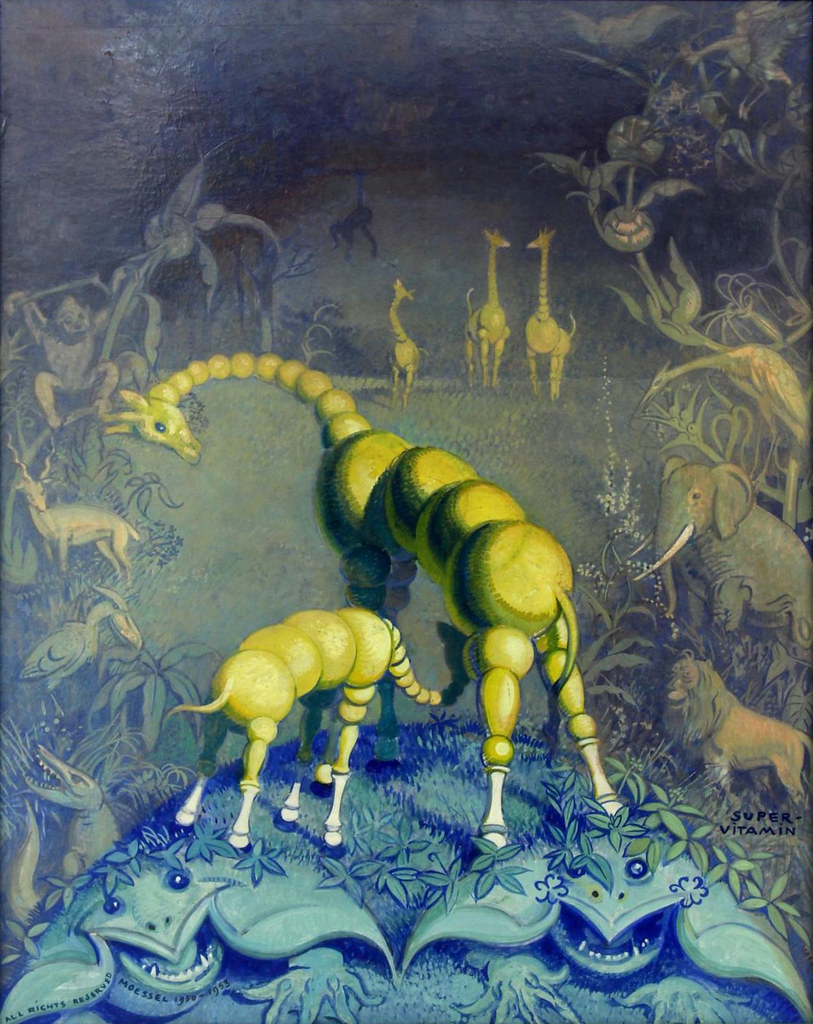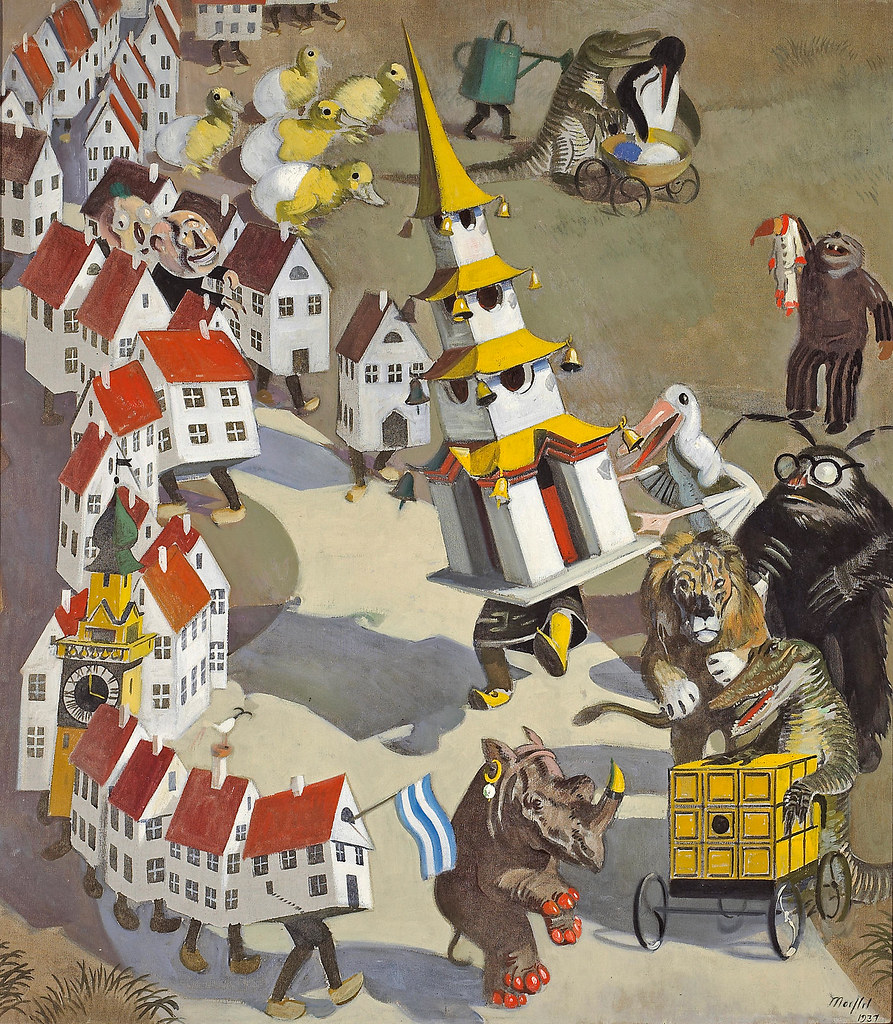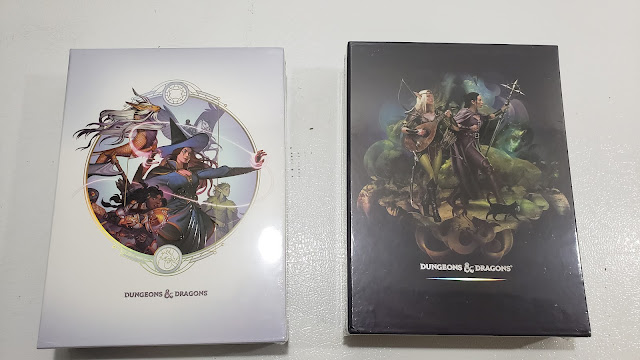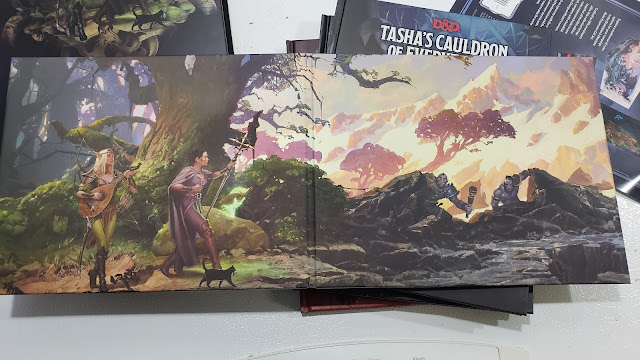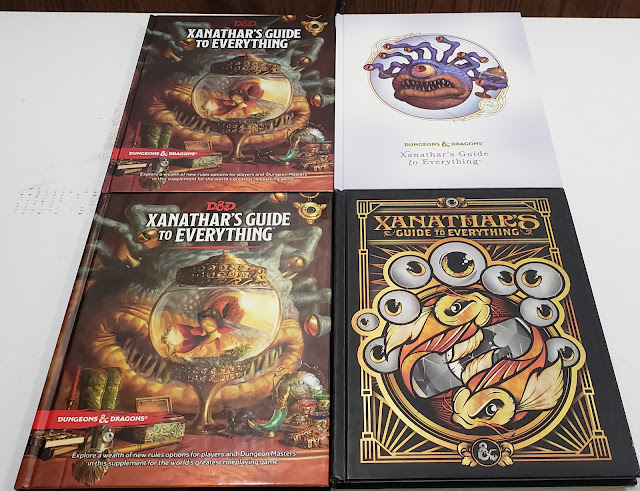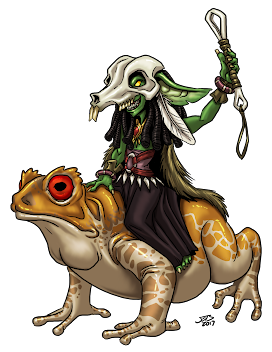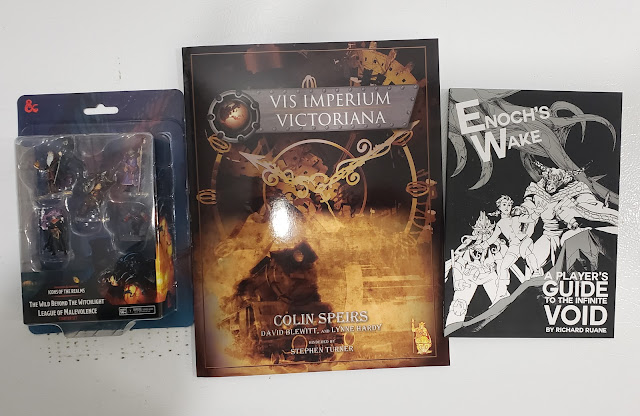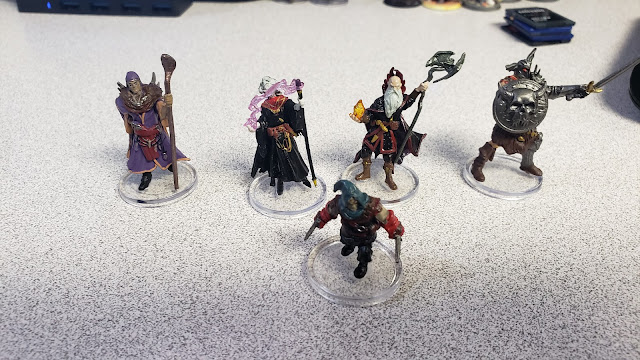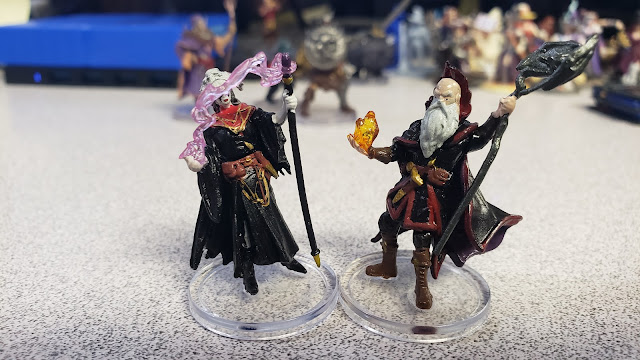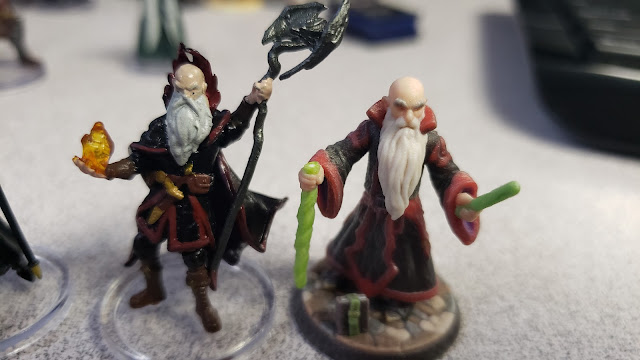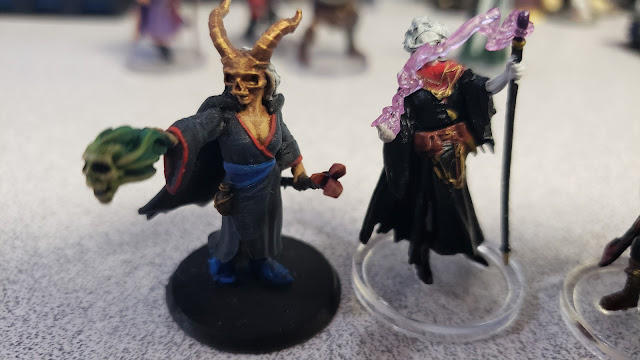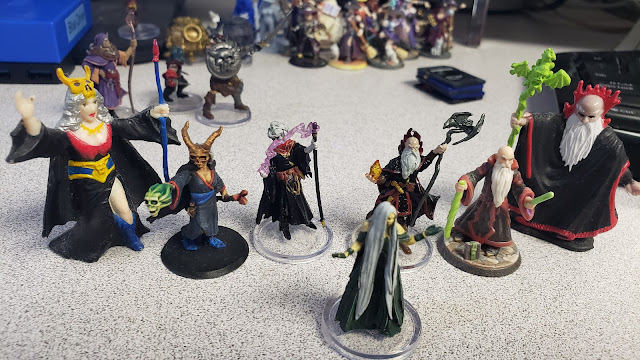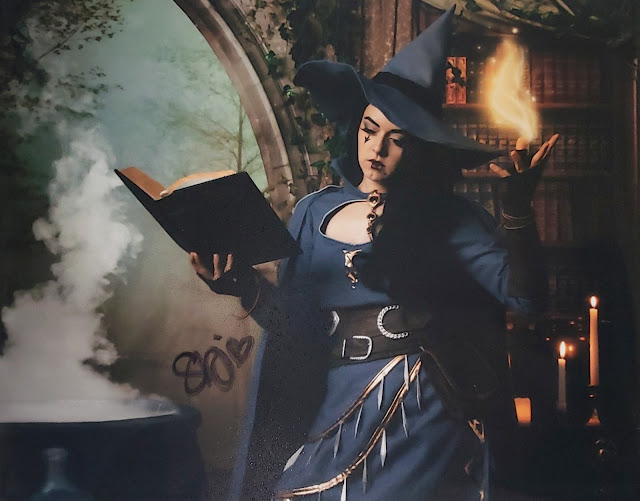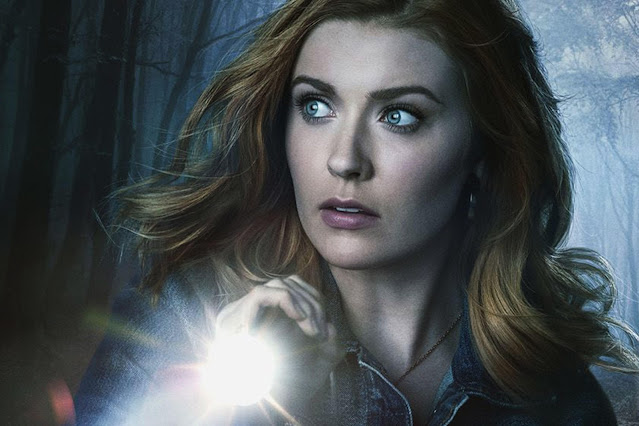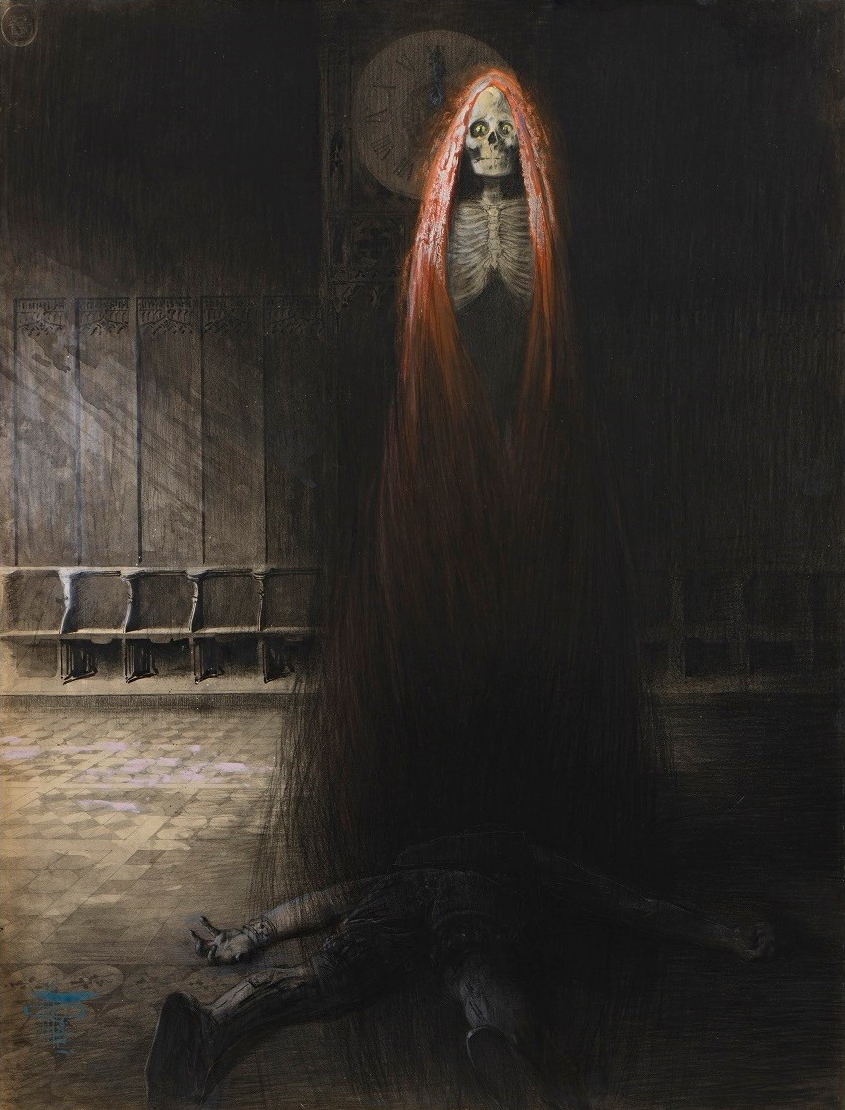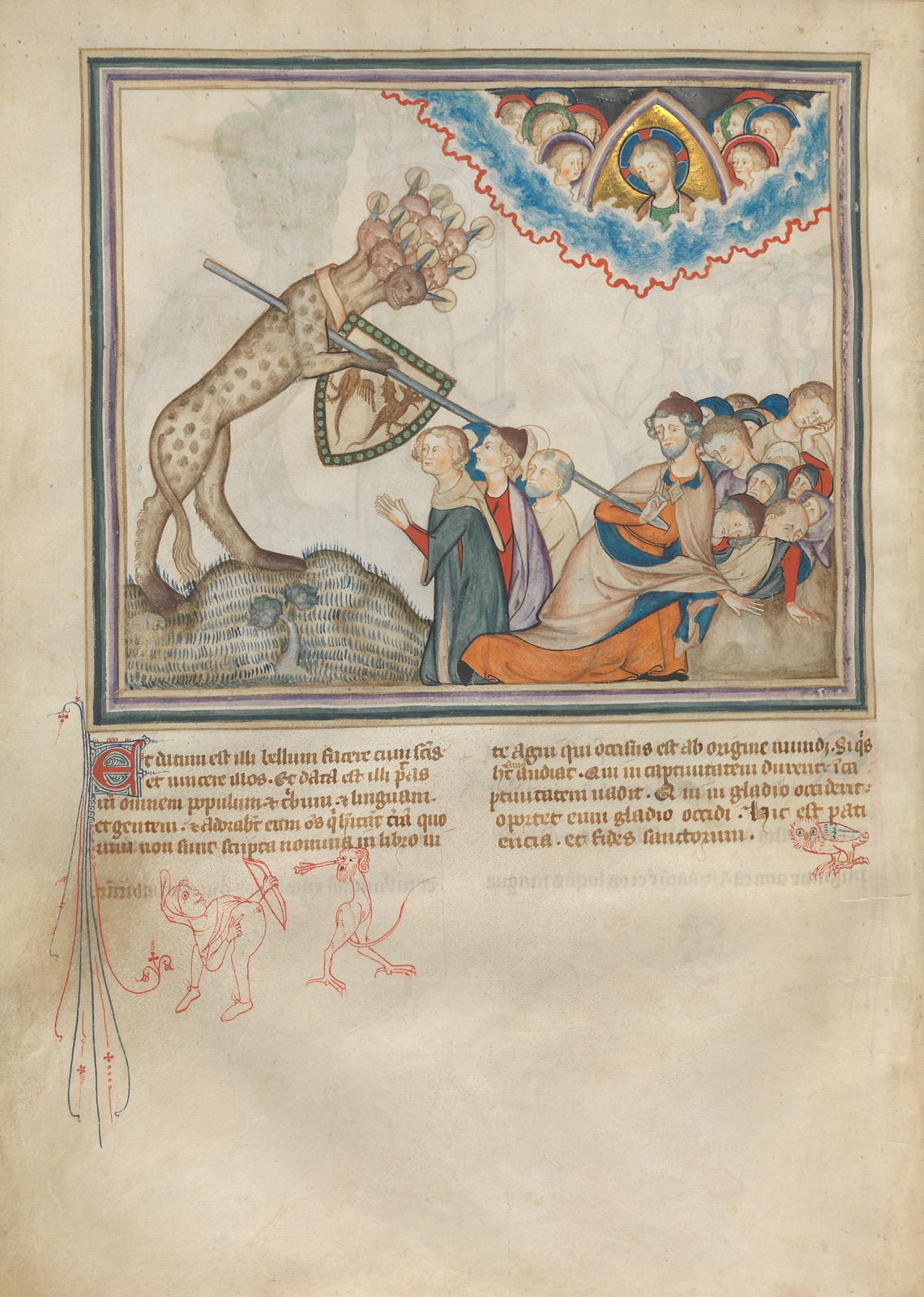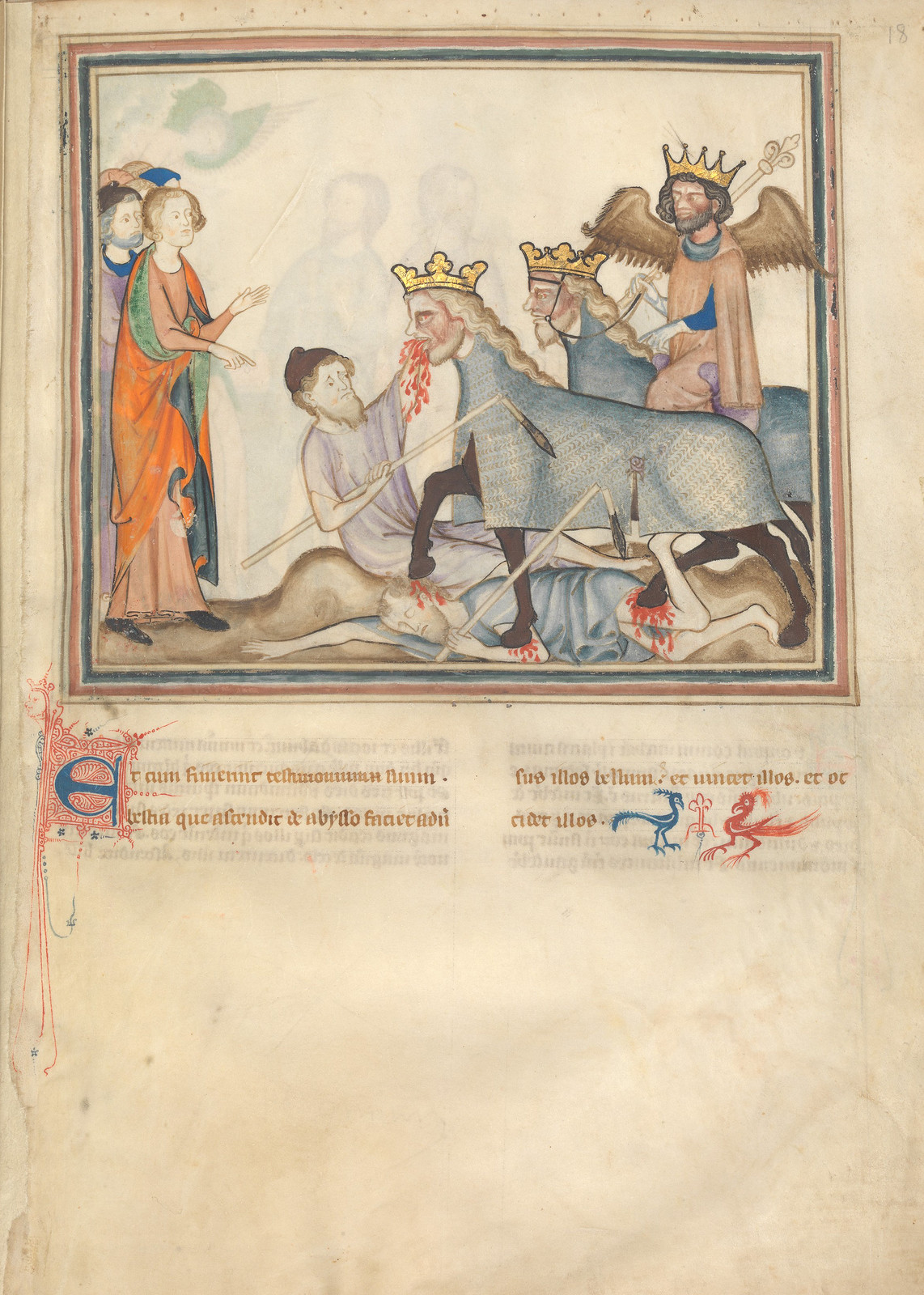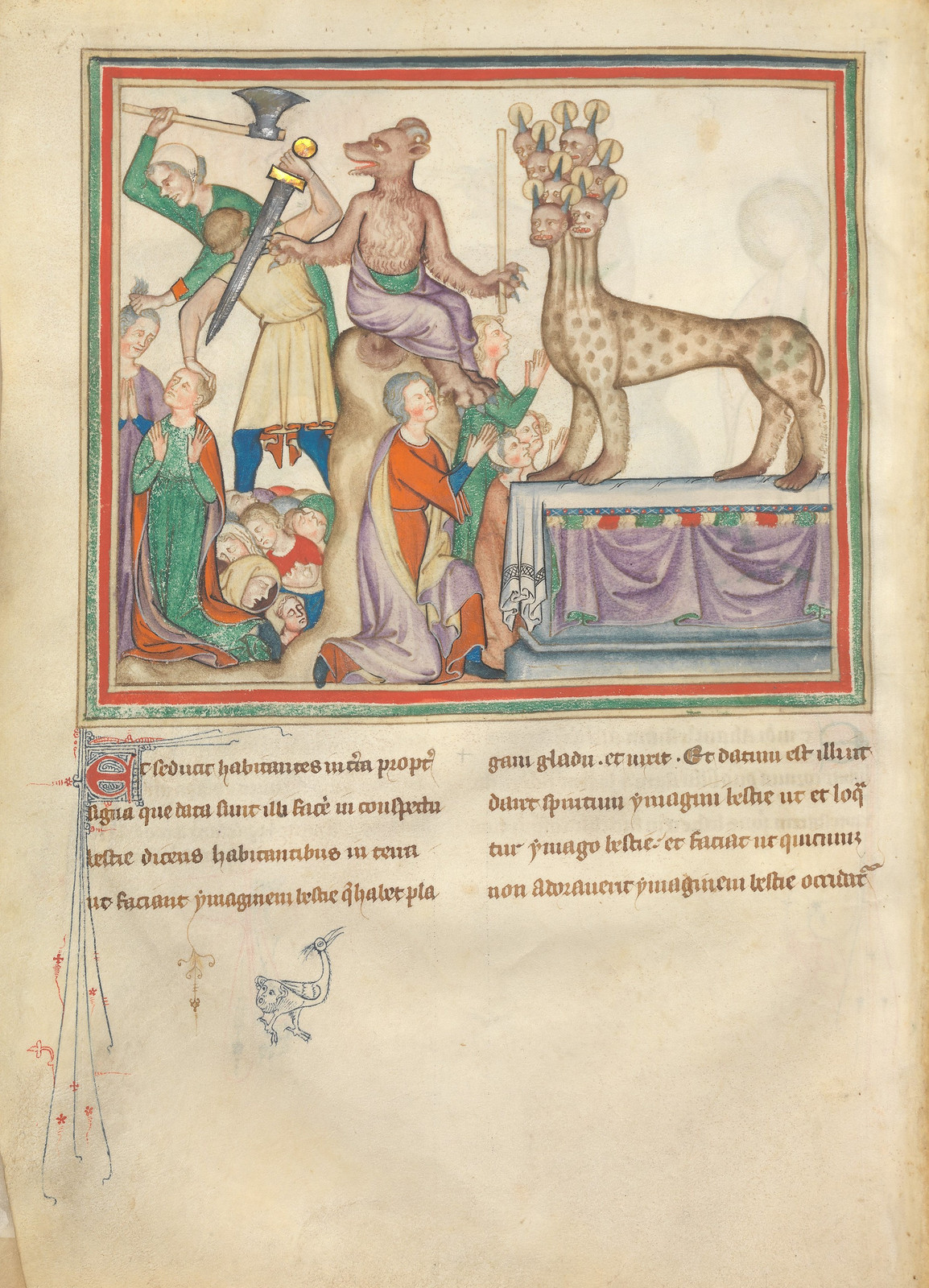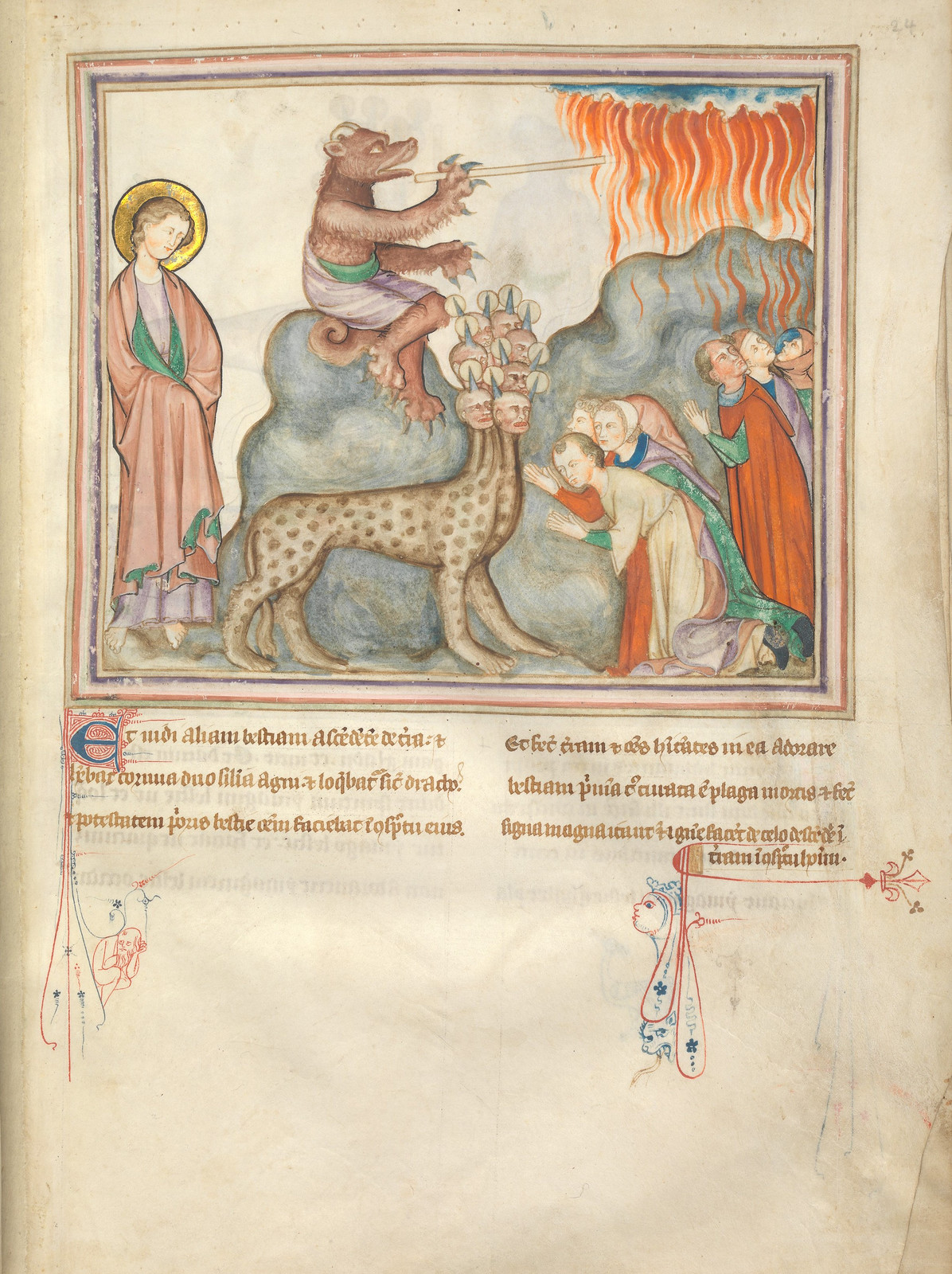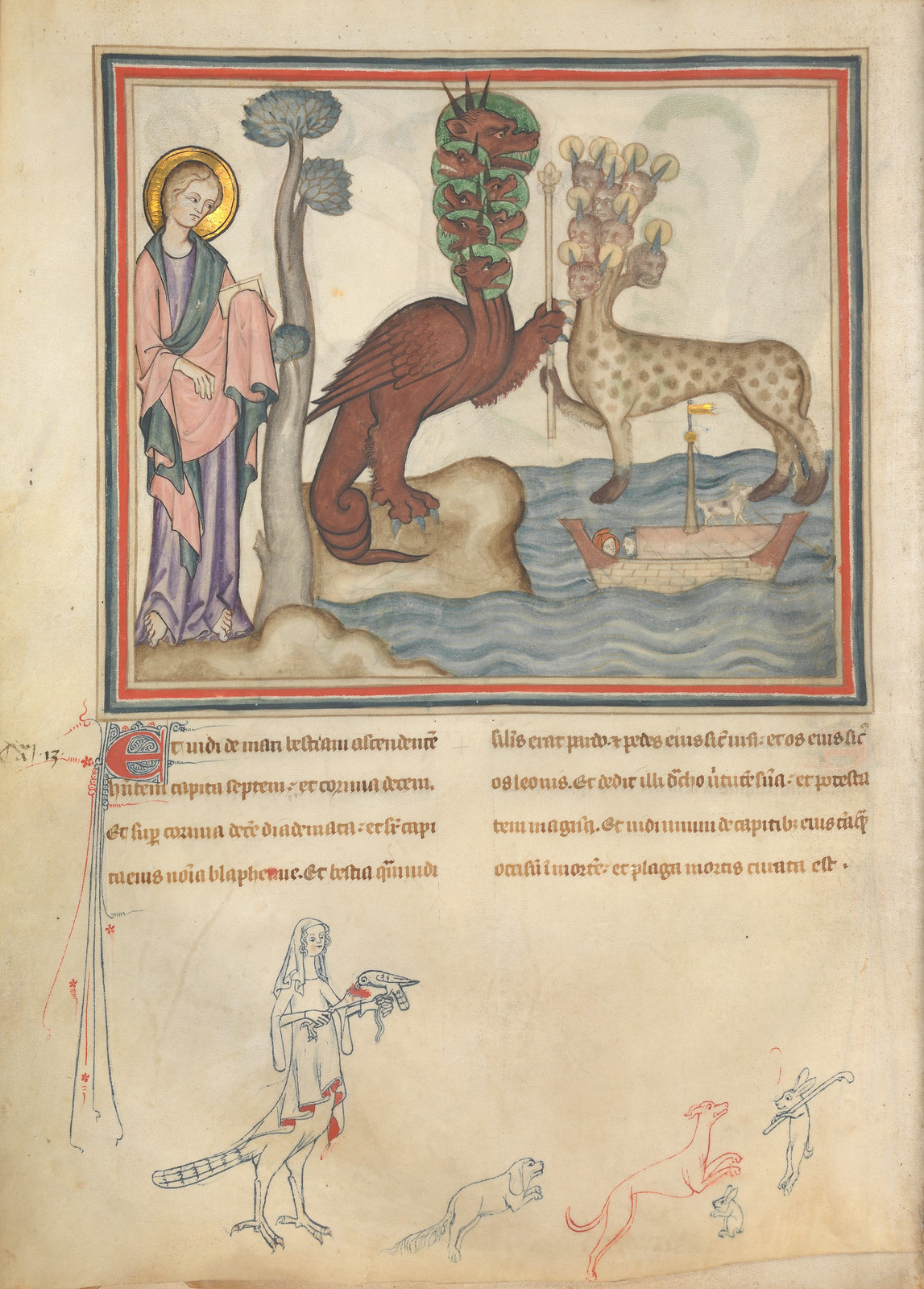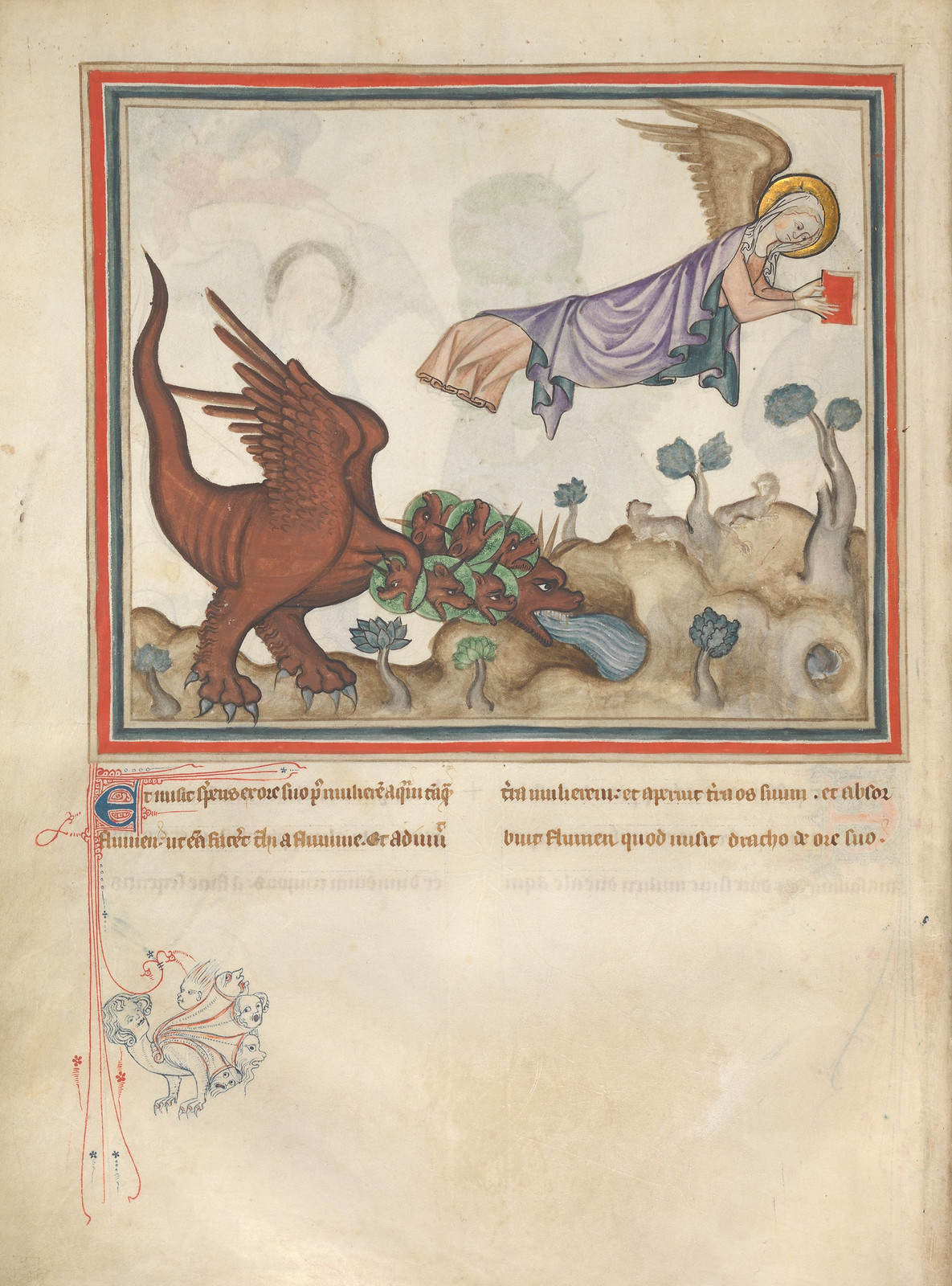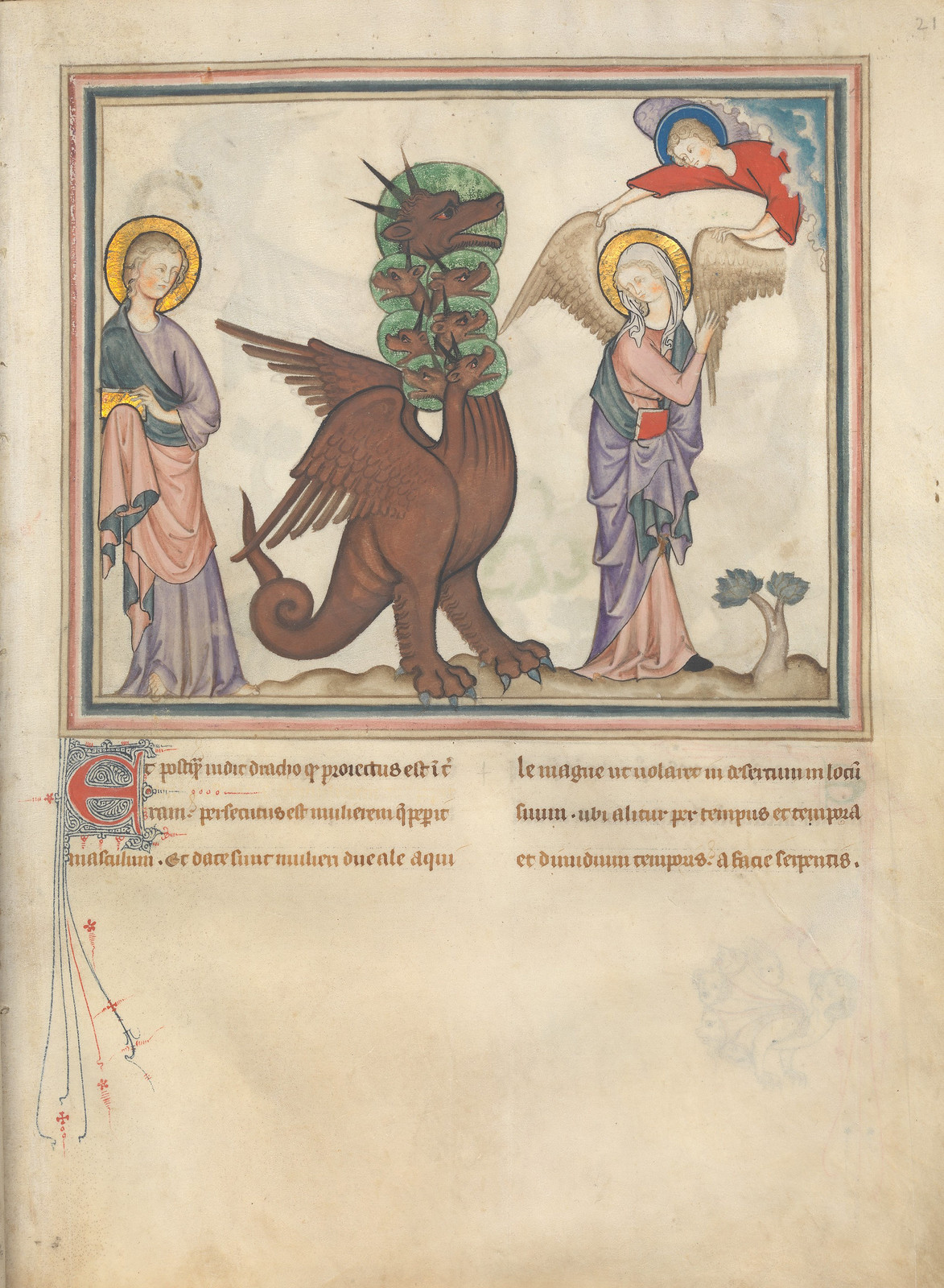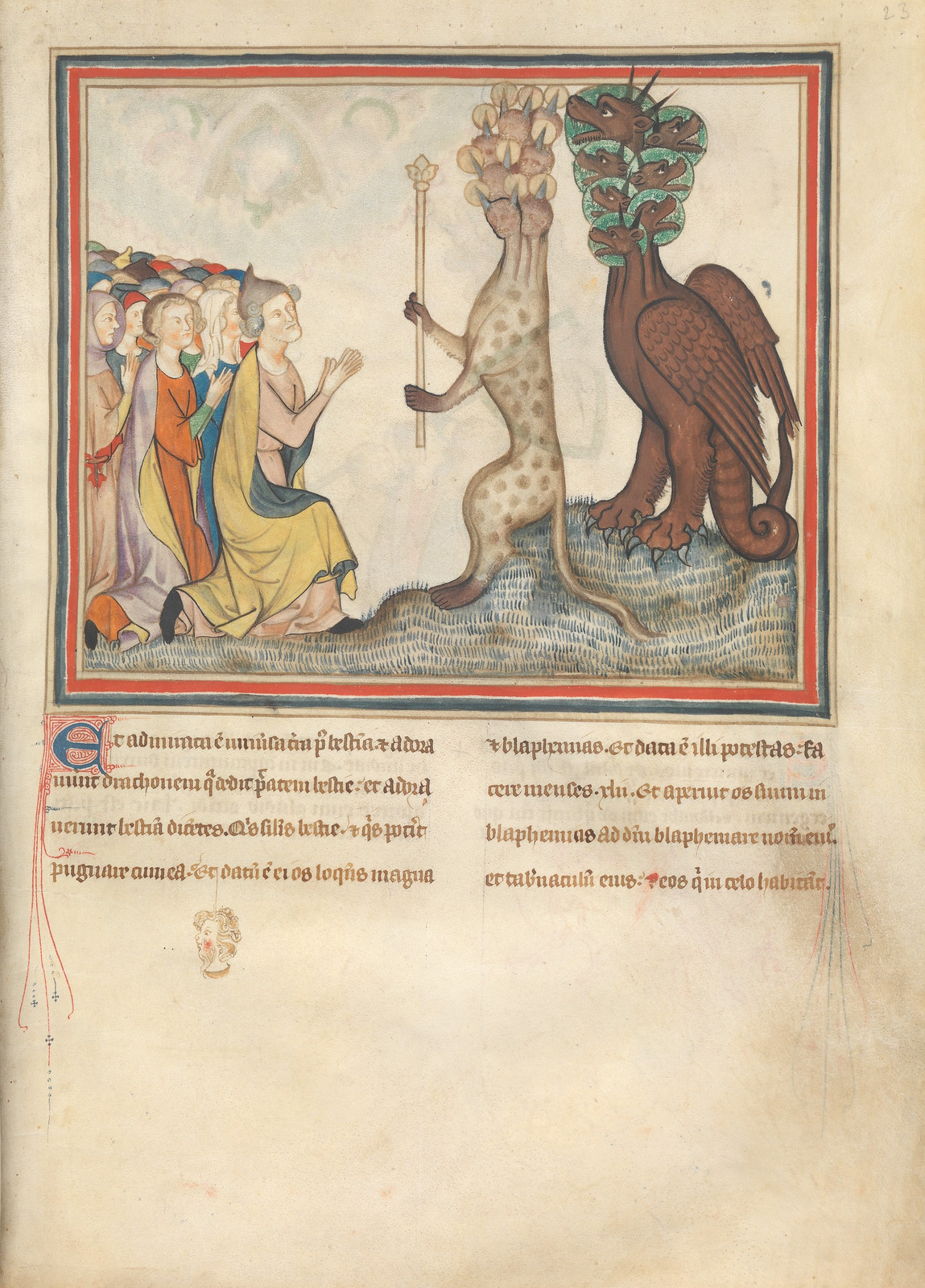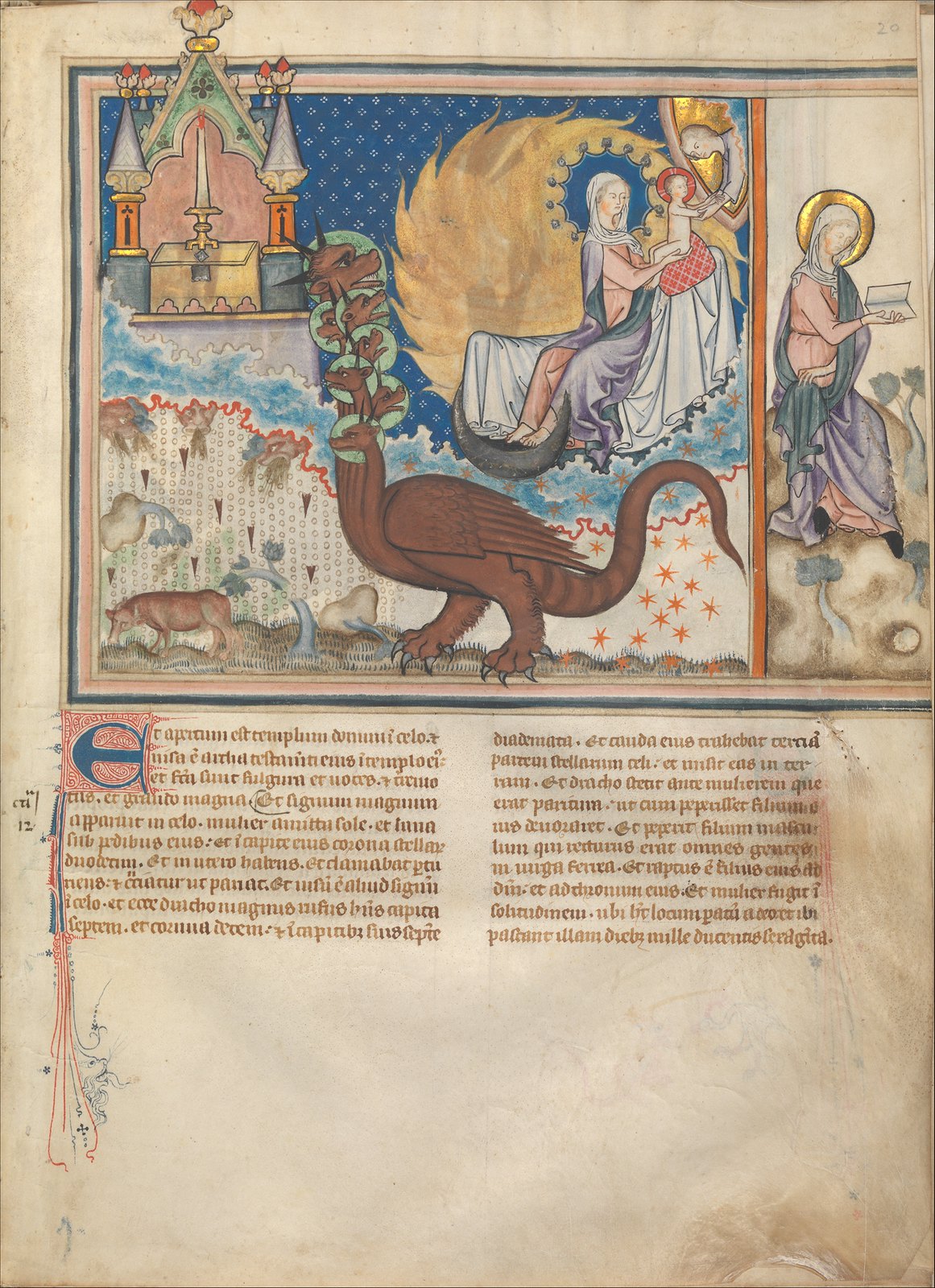Hacking the Ruined Earth
 Two thousand years ago the Earth was irrevocably changed by the Great Calamity. An alien planet crashed into our Moon, smashing it apart to rain debris down upon our world. The moon’s rock almost broke our planet apart and almost drove Humanity to extinction, but we survived—though not unscathed. Alien DNA that fell with the collision would change mankind, just as alien matter that fell with the collision would change the world, and out the chaos and the destruction that ensued arose new societies and new tyrants, new flora and fauna never seen before—at least not on this world, and new science and new powers, including one long forgotten (if it had ever existed that is). The world of today is one of astounding super science, of marvellous magic, of fearless, mightily thewed barbarians saving the day, of savage beastmen by their side, of tenacious scavengers scouring the ruins for precious trinkets, of Robots armed with new found free will searching for a purpose, of Death Priest who power their arcane abilities by channelling the dead, of Urchins sneaking around underfoot and unseen, of the raptor-like Vek with their hatred of sorcery, and of the more-than human Sorcerers capable of casting great magics. Many have thrown off the shackles of slavery and oppression, been exiled from their village, survived attacks by raiders, escaped servitude with a Sorcerer, or worse, and have decided to explore the harsh new world, to see what lies beyond the horizon of the Ruined Earth.
Two thousand years ago the Earth was irrevocably changed by the Great Calamity. An alien planet crashed into our Moon, smashing it apart to rain debris down upon our world. The moon’s rock almost broke our planet apart and almost drove Humanity to extinction, but we survived—though not unscathed. Alien DNA that fell with the collision would change mankind, just as alien matter that fell with the collision would change the world, and out the chaos and the destruction that ensued arose new societies and new tyrants, new flora and fauna never seen before—at least not on this world, and new science and new powers, including one long forgotten (if it had ever existed that is). The world of today is one of astounding super science, of marvellous magic, of fearless, mightily thewed barbarians saving the day, of savage beastmen by their side, of tenacious scavengers scouring the ruins for precious trinkets, of Robots armed with new found free will searching for a purpose, of Death Priest who power their arcane abilities by channelling the dead, of Urchins sneaking around underfoot and unseen, of the raptor-like Vek with their hatred of sorcery, and of the more-than human Sorcerers capable of casting great magics. Many have thrown off the shackles of slavery and oppression, been exiled from their village, survived attacks by raiders, escaped servitude with a Sorcerer, or worse, and have decided to explore the harsh new world, to see what lies beyond the horizon of the Ruined Earth.This is the setting for Barbarians of the Ruined Earth, a weird post-apocalyptic fantasy setting inspired by Thundarr the Barbarian, He-Man and the Masters of the Universe, Mad Max: Fury Road, and Pirates of Dark Water and best fuelled by a bowl of your favourite cereal in front a television showing the greatest Saturday Morning Cartoons ever. Published by DIY RPG Productions, Barbarians of the Ruined Earth uses the mechanics of the retroclone, The Black Hack, so is a Class and Level roleplaying game with player-facing mechanics—the latter meaning that the players do all of the dice rolling rather than the Game Master. Consequently, Barbarians of the Ruined Earth will play fast and easy, with the Game Master free to get on with portraying the world that the Player Characters will explore.
A Player Character in Barbarians of the Ruined Earth has the six attributes of traditional retroclones—Strength, Dexterity, Constitution, Intelligence, Wisdom, and Charisma. He also has a Class, which determines the character’s Hit Points, arms, armour, and weapon damage, Special Features, as well as starting equipment, a trinket or two in their possession, and an important Life Event. There are eight Classes, but Barbarians of the Ruined Earth does use ‘Race as Class’ for four of them. Humans can be Barbarians, Death Priests, Scavenger, or Urchins, whilst Beastmen, Robots, Sorcerers, and Vek are all Races in their own right. the Barbarians is a fierce warrior, often battling against the vile oppression of Sorcery, either local heroes or mercenaries, who gains extra attacks, inflict greater damage, deflect attacks against him, give a mighty shout that boosts his confidence, withstand the effects of poison and fear, and always get the best out of his armour—even if it only amounts to nothing more than a loincloth or bikini! The Death Priest can channel the knowledge of the dead, withstand disease and mind-altering effects, has a Guardian Spirit which often protects him, and can cast Miracles, such as Curse, Ethereal Form, Harming Touch, or Spirit Whip. The Scavenger is agile and good at avoiding traps and getting into locked areas, and searching for and repairing technology. The Urchin is a child lurker, small, always an unexpected adversary, but bossy and able to get his way—sometimes, and good at surviving in the environment where he grew up.
The Beastman has animal features—often the features of more than one animal, has claws and is impossibly strong, and often in battle, can turn his thick hide to withstand damage of all kinds, including magic! The Robot has a metal body and is so tough, but needs Robot Repair Kits to effectively heal itself, is immune to diseases, poisons, mind-altering effects, and the like, and can salvage other robots , though the parts can corrupt the Robot. A Robot also has a Model, which can be a Combat, Diplomatic, Medical, or Tracker, each of which has its own Special Features. The Vek—or Raptorfolk—are a collective race fascinated with the Stupendous Science and Ancient Earth technology of the Ruined Earth and a hatred of magic and sorcery due to their enslavement by evil sorcerers. Each Vek is highly intelligent, able to withstand mind-altering effects, can see in allow light, have the thick hide, claws, and leaping ability of being a Dinosaur!, and can always get More Juice out of advanced technology. The Sorcerer, transformed in the womb, often becomes a megalomaniac, but others do serve the good, but all can detect magic, Stupendous Science, and evil, can resist magic, channel arcane power through his Sorcerer’s Staff, and sling spells. Sorcerers have access to ten ‘schools’ of magic, ranging from Arcane and Blight spells to Stupendous Science and Transformation spells, with each school having three spells.
As with other retroclones, a Player Character is created by rolling three six-sided dice for the attributes and selecting a Class. As per The Black Hack, if fifteen or more is rolled for one attribute, then two six-sided dice are rolled for the next one and two added to the total. Alternatively, for a more ‘Saturday Morning Cartoon’ style of game, two six-sided dice are rolled for each attribute and five added to the total. Then the player rolls on the Trinket and Life Event tables for his character’s Class. The process is quick and easy, although not as quick and easy for the Sorcerer Class, as the player has to make more choices and roll on a few more tables.
Eye of the Tiger
Level 1 Beastman (Hulyth)
Strength 16
Dexterity 11
Constitution 13
Intelligence 11
Wisdom 12
Charisma 14
Hit Points: 13
Special Features: Animal Features (claws, see in the dark), Super Strong, Impossibly Strong, Thick Hide
Damage: 1d8 (Weapon)/1d6 (Improvised)
Weapons: Short Bow, Spear
Armour: Cloth Armour (1 RP)
Equipment: Arrows, Rations (d6), Waterskin (d6), bedroll, torches ×6 (d6), healing salve
Interesting Trinket: Flute
Life Event: father was the tribal leader until he and your family were forced into exile
Mechanically, Barbarians of the Ruined Earth is powered by The Black Hack and thus player-facing. A player rolls a Test for his character to attack in combat, but rather than the Game Master roll for an NPC to attack an NPC, the player rolls a Test for his character to avoid the attack. A Test is made directly against the character’s attributes, the player attempting to roll under the value of the attribute. The only time the Game Master rolls is for damage inflicted when a player fails the Test for his character to avoid an attack. Tests can be made with Advantage or Disadvantage, and in combat, a roll of a one is a critical success, whilst a roll of twenty is a fumble. Armour reduces damage and shields can stop attacks, but may sometimes need to be repaired. Weapon damage is determined by Class rather than weapon type. One fun side effect of the weapon damage being determined by Class rather than type is that weapons can take lots of different forms which add flavour and feel rather than mechanical benefit.
The rules also allow for wielding a two-handed weapon or dual wielding, auto-fire (since guns and lazer weapons abound), and fighting mooks, hordes, and powerful opponents. Barbarians of the Ruined Earth uses the Usage Die and event-based Level-advancement as per The Black Hack, but adds a handful of tweaks that help enforce the genre. One is that the Usage Die applies to technology as much as food or torches, so that laz gun can run out of power and that hot rod out of fuel. Another is that Player Characters cannot die, but when reduced to zero Hit Points is taken ‘Out of the Action’ and can recover with a terrible scar or mental injury—the latter due to a heavy blow to the head. One noticeable difference between Barbarians of the Ruined Earth and other post-apocalyptic roleplaying games is that although there are Mutants in Barbarians of the Ruined Earth, they are primarily NPCs or monsters, rather than Player Characters. It is possible for a Player Character to acquire a mutation, but the effecting is mind-shattering—he loses points of Wisdom! Then there are the optional rules for Destiny Points which allow a player to reroll a Test, roll a Test with Advantage, reroll an Out of Action result, and even gain a Second Wind, and recover some Hit Points. Each Player Character has a single Destiny Point per session.
Mechanically then—and even with the minor additions—Barbarians of the Ruined Earth is simple and easy to pick up. Certainly, anyone who has played The Black Hack will have no issue. The game also plays quickly, with the emphasis on the Player Characters doing all of the action and their players rolling for it.
Further flavour and weirdness of the Ruined Earth is presented in first the equipment, where you can find weaponised animals—Acid Squids, Flaming Lizards, Mutant Hamsters with corkscrew teeth flung from a sling or a Slug Shooter which squirts stunning mucous from its eyes until it is dehydrated and dead, anyone?—and rules for vehicles and awesome chassis, such as a Stupendous Science Mobile with spider’s legs so it can climb walls. Then for the Game Master there is an explanation of the state of the Ruined Earth, irrevocably changed by the alien matter that fell to the Earth, strange plants and creatures appearing, native life—including Humanity, mutating and changing, and rifts in time and space being torn open in the fabric of reality, enabling dangers unknown to come explore our future world, whilst allowing the Player Characters to visit the realms on the other side. There are strange technologies to be found too, some wholly new, others seemingly familiar, but with a strange new twist. There is advice on devising both this technology and Stupendous Science devices, as well as how to handle NPC Sorcerers as recurring villains in true comic book style.
The tools for the Game Master are simply table-tastic! They start with a set of tables for generating adventures, followed tables for generating Ruined Earth NPCs, villages (complete with troubles and particular punishments), and then concoctions, books, weird religions, weird mounts, interesting locations , and weird weather. Put this all together and what you have is the means to generate not adventures, but episodes of the Barbarians of the Ruined Earth cartoon, if you will. A lengthy bestiary provides the Game Master with a great range of creatures, threats, and NPCs to put in the way of her players and their characters. They include the almost mundane—at least in comparison to the rest of the Ruined Earth—Aliens, Antmen, Ghosts, Giant Praying Lizards, Killer Clowns, Mummies, Mutants (supported by a table of Mutations earlier in the book), Raiders, Robots, Warlocks, and Zombies, and the bonkers, such as the Alien Vampire Spider Lizard, Animated Trash Man, Car Golem, and Car Serpent. Perhaps the most fun entry is the Tele-path, which has a television screen for a head and can repeat time in Reruns, freeze opponents with Static Existence, bolster allies and minions with Sports Commercials, entrance enemies with Infomercials, blast them with Hypersonic Static, or charm them with projections of Beloved Cartoon Characters! There are some highly entertaining monsters here, all of which are given some fantastic illustrations.
Lastly, the Game Master for Barbarians of the Ruined Earth is given not a scenario, but an area known as ‘The Western Lands’. This is the post-apocalyptic version of Los Angeles and Santa Monica, and is marked with thirteen important locations, from the Nukatomi Plaza, The Last Human Kingdom, and the Ruins of Los Angel to the Village of Route 66, Shopping Mall Fortress of the Witch Grenzel, and the Imperceptible Bluffs of the Winged Mutant People. Nukatomi Plaza, once the headquarters of the Nukatomi Corporation is actually a giant arcology, two hundred storeys high, with every ten storeys an independent block whose head, whether president, queen, gang leader, dictator, or anarcho-syndicalist commune, reports and pays tribute to the head of Nukatomi Plaza, Lightning Jack. Eight sample Blocks are included, all different, but all hating Sorcery, but there is plenty of scope for the Game Master to create more, and plenty of room to develop the lands beyond, which are of course, filled with cultists, monsters, mutants, nomads, raiders, Sorcerers, Stupendous Science, and more!
Physically, Barbarians of the Ruined Earth is nicely presented with effective use of orange and yellow to highlight the text. The writing is engaging, but what really catches the eye is the artwork. It depicts the strangeness and the action of the Ruined Earth in great blasts of gonzo and over-the-top colour that captures the look and feel of Saturday morning cartoons.
Barbarians of the Ruined Earth has a great pick-up-and-play quality that from the moment you start reading, you will want to play it. The roleplaying game combines a simple and easy style with fast-playing mechanics and the author’s clear love of the post apocalypse genre and Saturday morning cartoons. Barbarians of the Ruined Earth comes ready to broadcast some technicolour cartoon action into your brains and get you striding across the ravaged landscape of California, fearlessly defending the good, stalwartly battling vile Sorcerers, and delving into the secrets of the future! Bowls of cereal and pyjamas are definitely not optional.






